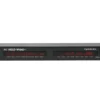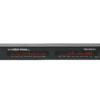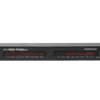Total harmonic distortion
Total Harmonic Distortion (THD) is a measure of the harmonic distortion present in a signal. It is defined as the ratio of the sum of the powers of all harmonic components to the power of the fundamental frequency. A closely related term, distortion factor, is sometimes used interchangeably.
In audio systems, lower THD means that components like speakers, amplifiers, or microphones produce a more accurate reproduction of the original audio recording. Essentially, THD helps us understand how much a device alters the original signal when it processes or plays it back.
THD Definitions
To analyze a system with an input and an output, like an audio amplifier, we typically begin with an ideal model where the system behaves linearly and remains constant over time. However, in real-world applications, when a sinusoidal signal of frequency f passes through a non-linear device, additional frequencies appear at multiples nf (harmonics) of the original frequency. THD quantifies this extra signal content that wasn’t present in the original input.
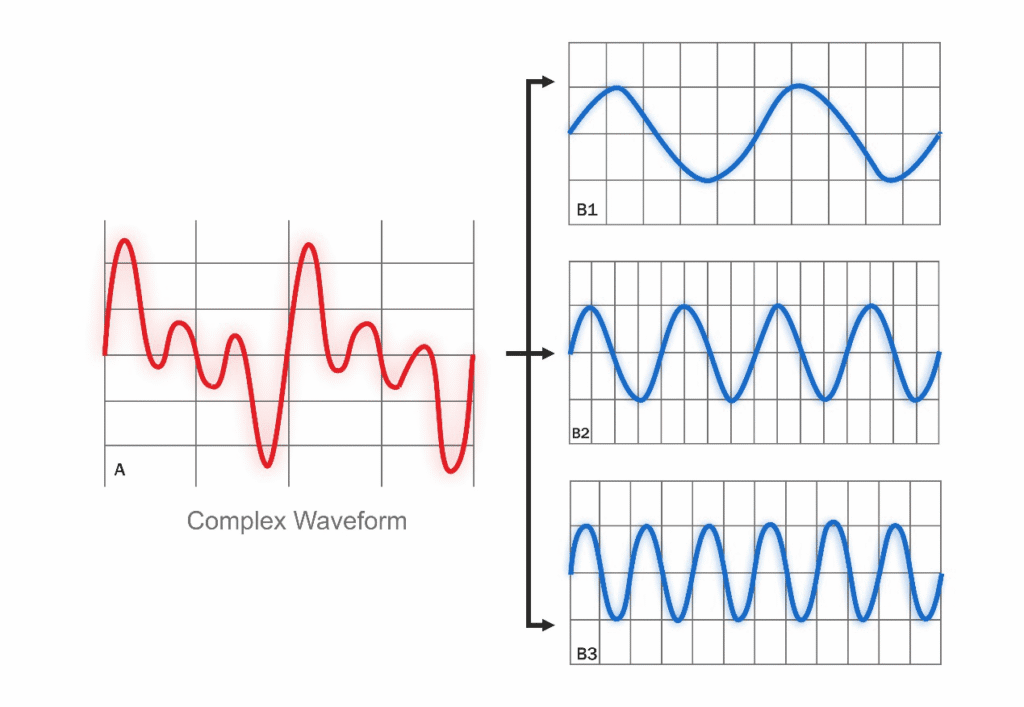
When the primary concern is the “purity” of the original sine wave—essentially, how much the original frequency dominates over its harmonics—THD is commonly defined as the ratio of the RMS amplitudes of the higher harmonics to the RMS amplitude of the fundamental frequency.
The formula for THD is expressed as:
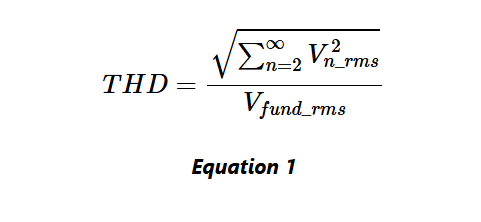
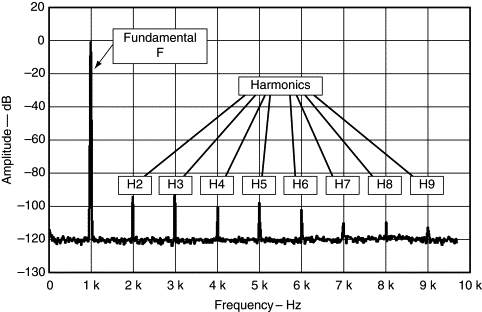
In practice, THD measurements are frequently used in audio specifications to indicate distortion levels (expressed as a percentage). However, THD is not a standardized specification, and results can vary significantly between manufacturers. For meaningful comparisons, it’s crucial that manufacturers disclose details such as the test signal frequency range, signal level, gain settings, and the number of measurements taken. A full-spectrum measurement from 20 Hz to 20 kHz can be achieved using a frequency sweep, although harmonic distortion above 10 kHz is generally inaudible to humans.
THD measurements are typically taken at the output of a device under specific operating conditions. THD is usually reported as a percentage or in decibels relative to the fundamental frequency, indicating the level of distortion attenuation.
Total harmonic distortion plus noise (THD+N)
THD+N means total harmonic distortion plus noise. This measurement is much more common and more comparable between devices. It is usually measured by inputting a sine wave, notch-filtering the output, and comparing the ratio between the output signal with and without the sine wave.



